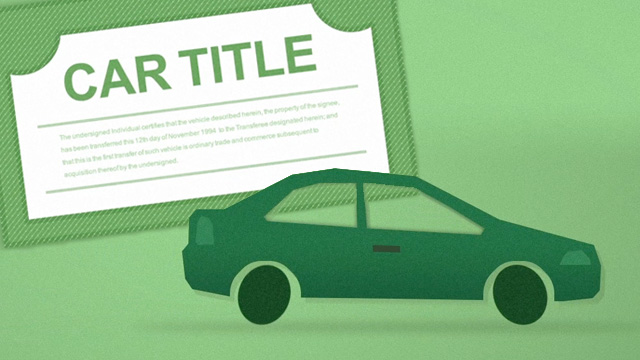Leasing a car can be a confusing proposition – even for people who have already purchased a lot of cars in the past. From trying to figure out what certain terms mean to determine exactly how much the monthly payment is going to cost, you may find the process a little bit overwhelming if you have never done it before.
An easy way to think about leasing is that it is simply an alternative way to finance a vehicle. More and more people are turning to leasing. In fact, nearly a third of all of the cars that find their way off of car lots are leased. Depending on your circumstances, it may be a great way for you to get a vehicle.
If you do decide to lease a car, the tips below from Intelligent Car Leasing can help ensure that you get a great deal. These tips assume that you aren’t sure what type of car you are going to lease yet and that you intend to buy the vehicle at the end of the lease. If you already have settled on a model or if you don’t plan on purchasing the vehicle, you can take a simpler approach.
Opt for a vehicle that won’t depreciate much over time.
The amount that you have to pay on your lease hinges on the depreciation of the vehicle. By choosing a vehicle that will hold its value over time, you can usually get a lower lease payment. Keep in mind, however, that the lease payment not only includes the depreciation but also any relevant taxes and fees along with interest.
If you hear the term “residual value”, it is referring to the value of the car after the lease is up. Cars with good residual value are the ones that still have a strong resale value at the end of the lease. You can find lists of cars that have the best residual value online. Choosing a model from one of these lists is a great way to save. In 2016, the Toyota Tacoma came in at the top of the list, boasting a residual value of 72.9%.
Keep your eyes open for deals.
Manufacturers or dealerships sometimes offer specials as a way of trying to move more vehicles off of the lot. Typically, the lower lease payments available during these specials are the result of a lower interest rate or of other minor tweaks to the way that the lease is calculated. Be sure to read the fine print carefully, checking the amount of mileage that you are allowed. Avoid leases that allow fewer than 12,000 miles or that have exceptionally high down payment requirements. The down payment may be referred to as a drive-off fee.
Figure out how much the car is worth.
Although you aren’t buying the car outright, it is still important to know its fair market value.
You can find this information online by visiting the websites of organizations like Edmunds.com, Kelley Blue Book, or the National Automobile Dealers Association. On these sites, you can not only find the market value of the vehicle but you can also find its invoice price. This price is an approximation of what the dealer had to pay for the vehicle. Typically, you won’t find cars priced lower than this number. There are certain situations, however, where the price may dip below the invoice price. For instance, if the dealer offers a cash rebate, the price may fall lower than the invoice price.
Compare prices between different dealers.
Once you have a good understanding of how much the car you are interested in is actually worth, you can then begin comparing prices between dealers. At this point, you shouldn’t mention that you are thinking about leasing. Instead, you are trying to find the sales price of the vehicle. Oftentimes, these prices are listed on the website of the dealership. If not, you can contact them by email or phone to find out how much they are charging for the vehicle in question.
Figure out which dealer has the best price.
Comparing prices between dealerships can be a little bit challenging, simply because different vehicles may have different features. For instance, there may be $1,000 price difference between two vehicles that are the same model. Although it may seem like the lower price is better, the higher price may actually be a better deal if the vehicle with the bigger price tag has upgrades like leather seats or a moonroof.
Typically, you can get a better sense of which dealership has the best rate by comparing the price of the vehicle to the invoice price. Imagine, for instance, that one car you are looking at is priced at $22,000 with an invoice price of $21,000. That means that it is priced $1,000 over invoice. A similar car from another dealer is priced at $23,000 with an invoice price of $22,500. In this case, the car is only $500 over invoice, making it a better deal.
Discuss the amount of the lease payments.
Once you find the car that has the best price, you can then talk to the dealer again to find out how much it would cost to lease. At this point, you can ask the salesperson to tell you how much the lease payments would be for the sales price that you were quoted for the vehicle.
To get the best deal, make sure that you let the dealer know the exact terms that you are looking for. For instance, tell them that you want a three-year lease with $1,000 in drive off fees and a 12,000-mile limit. Be sure to find out exactly what the interest rate is on the lease as well. This usually is referred to as the money factor or lease factor. You can get a general idea of how much the lease will cost ahead of time by using an online calculator.


Leave A Comment